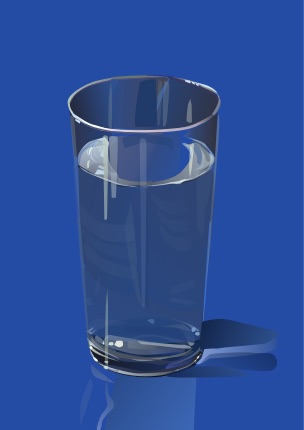Buy a print
DRINKING WATER
[This in not an oak tree !]
Although some 70% of the world’s surface is covered with water, 96% of this contains too much salt and minerals to be consumed. Consequently, in 2010, 880 million people [14% of the world population] still lacked access to safe drinking water.
HISTORY
The Romans piped water to homes and public spaces, as did the UK water companies in 18th century England. However, this water was not cleaned or treated leading to many outbreaks of disease. In the 16th century Sir Francis Bacon tried unsuccessfully to create a sand filter. It was not until 1804 that John Gibb, who ran a bleaching factory in Paisley, developed a successful purification process. The first treatment plant for public water was developed by James Simpson for the Chelsea Waterworks Company in 1829. By 1855 national water quality legislation was introduced and all UK public water had to be filtered. Chlorination of drinking water was invented by Vincent B. Nesfield in 1903 and this has become the basis for present day purification procedures.
DRAWING
A glass of water, like many transparent objects, has subtle changes of tone and colour linked with bright highlights and deep shadows. These must be rendered carefully and their shape and inter-relationship noted if a convincing image is to be produced. The way the top catches the surrounding light is a key feature, but so too are the more subtle reflections in the sides of the glass.The base is a complex mixture of extreme dark with tiny touches of light, indicating much about the form.




To order a print
click here to go to the PRINTS page.









